Dapitan, Dipolog, Dumaguete: Three destinations in three days
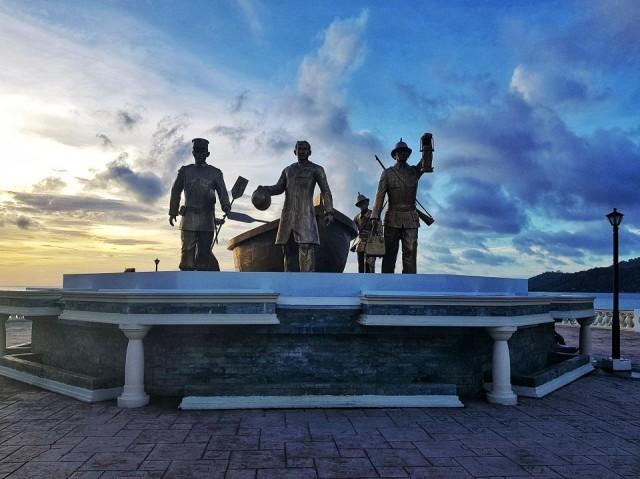
Making the most of a weekend break takes some planning, the willingness to try new things—and most of all, friends who are willing to move their appointments to another day to delve into servings of food and fun.
Over one weekend, I was able to visit Dapitan, Dipolog and Dumaguete. No, I did not intend to visit places with names that start with the letter D. But it was an interesting idea.
The journey started with a plane trip to Cebu. Then a slow boat to Dapitan City—George and Peter Lines has a ship that leaves Cebu on Friday evenings that makes a two-hour stop over in Dumaguete before proceeding to Dapitan.
There is nothing like traveling on a slow boat to kick off the weekend break. For the 12-hour ride, make sure you have your playlist and a nice pillow to keep you company.
My first stop in the City of Dapitan in the province of Zamboanga del Norte is the Taguilon Floating Cottages for lunch while taking in the breathtaking view.
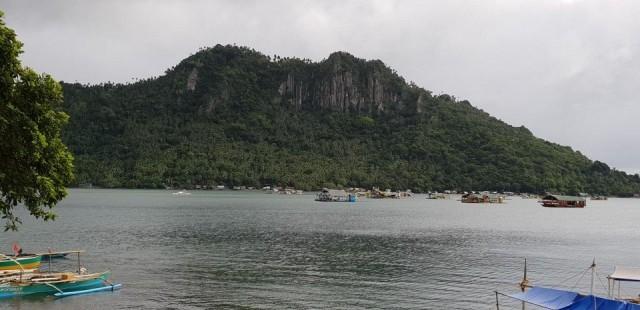
Of course, one should drop by Museo ni Jose Rizal and the Rizal Shrine, which includes the main residence where Rizal lived with Josephine Bracken.
The place, a popular tourist attraction, is also the playground for students from a nearby university. One group of students I chanced upon were holed up inside the Octagonal House rehearsing a play based on a chapter from Rizal's Noli Me Tangere.
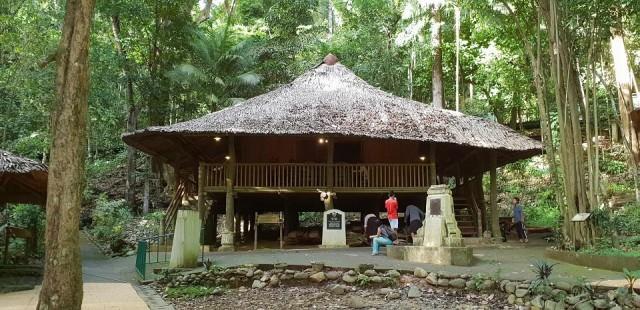
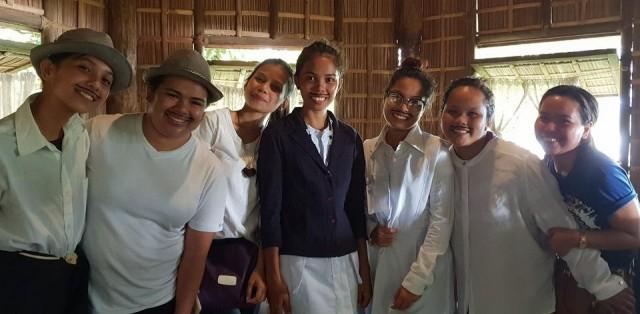
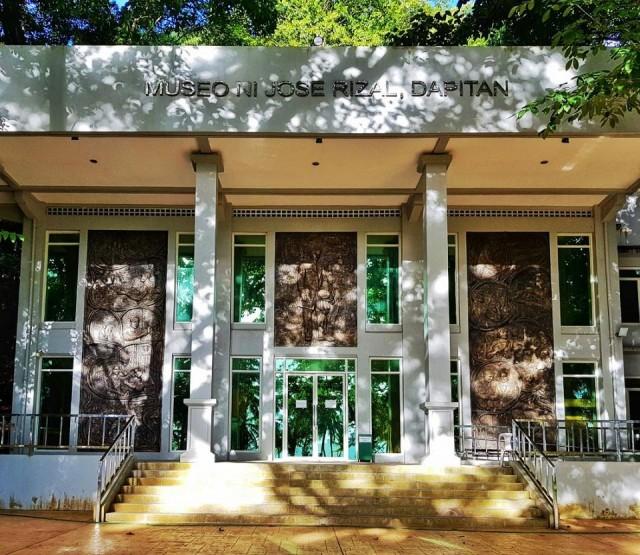
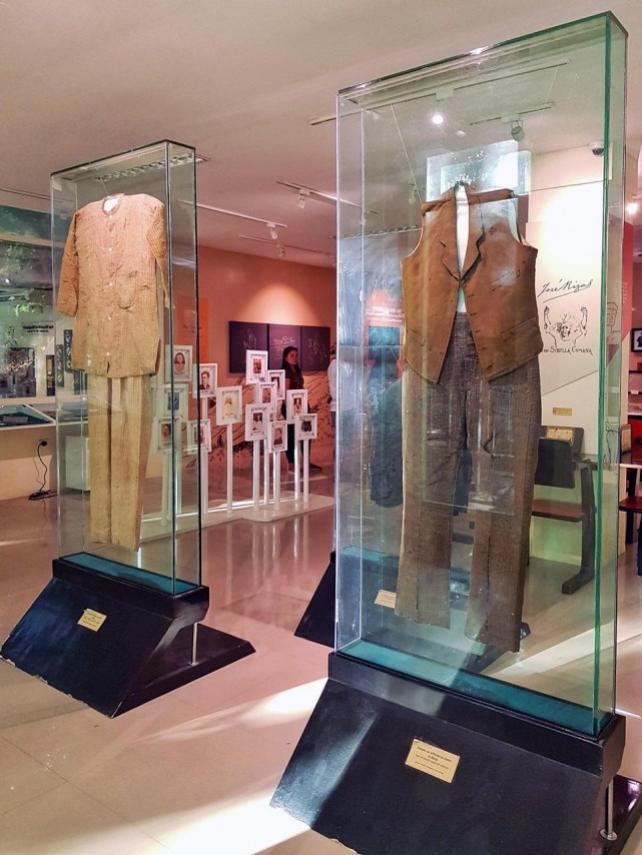
There is also the Aniano Adasa Heritage House, which was built in 1900 and is known as a symbol of American architecture with a touch of Spanish structural lattice work.
Another place to visit in Dapitan is the St. James the Greater Church, which was constructed in 1871 by Father Juan Gelabert and the help of the parishioners. Rizal heard Mass there every Sunday during his exile.
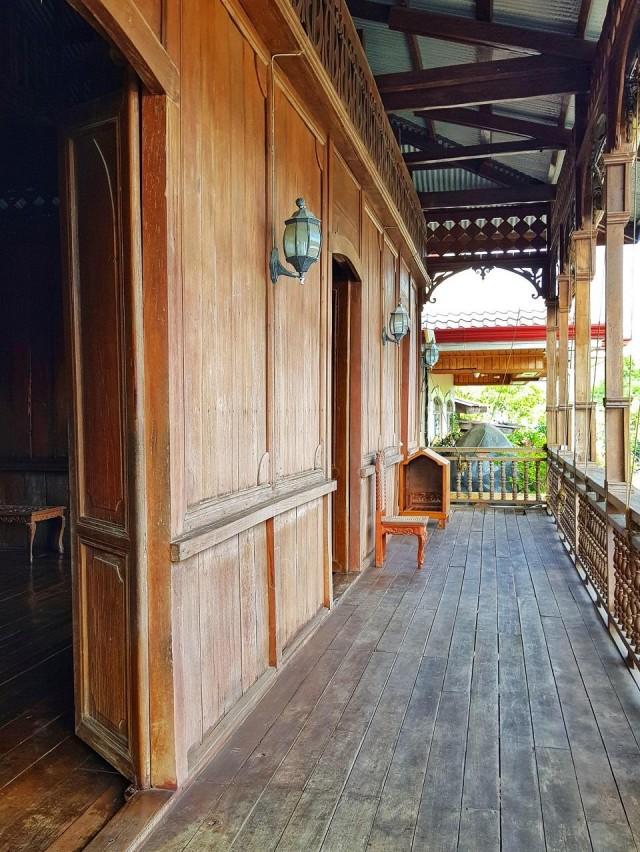
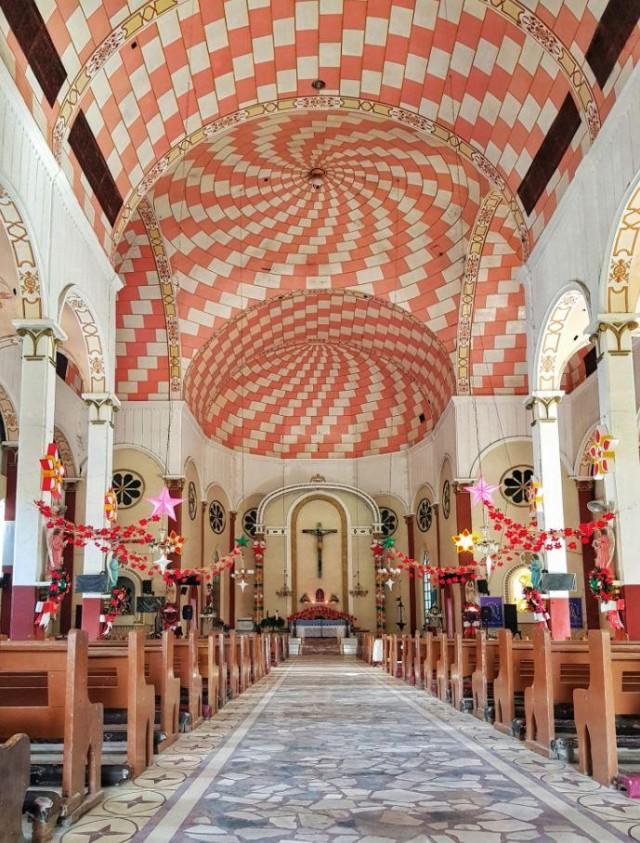
It was also in Dapitan that I met Junrey Balawing, once adjudged as the World's Shortest Man.
The 22-inch-tall Balawing, who hails from Sindangan town in Zamboanga del Norte, now resides at the Heritage House with his parents. His father is a coconut farmer and his mother works as a costume and props caretaker at the nearby Fantasy Land at Gloria de Dapitan.
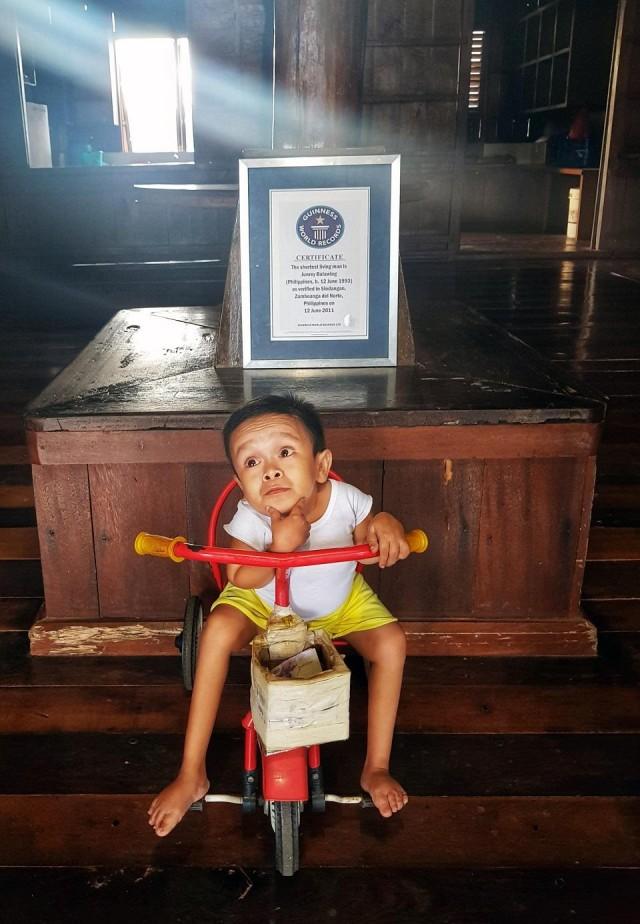
From Dapitan City, it's a 35-minute drive to Dipolog City.
The streets of Dipolog are clean and the vibe is peaceful, serene.
Here, one also cannot miss the P’gsalabuk Circle, a monument to three men representing Christians, Muslims, and the Lumads, or members of indigenous tribes.
The statues are of Father Nicasio Yebes Patangan, the first Filipino diocesan priest from Mindanao; Eugenio Redulla Margate, a farmer who developed the Margate system of planting rice; and Pascual Tan Martinez, first municipal mayor of Dipolog.
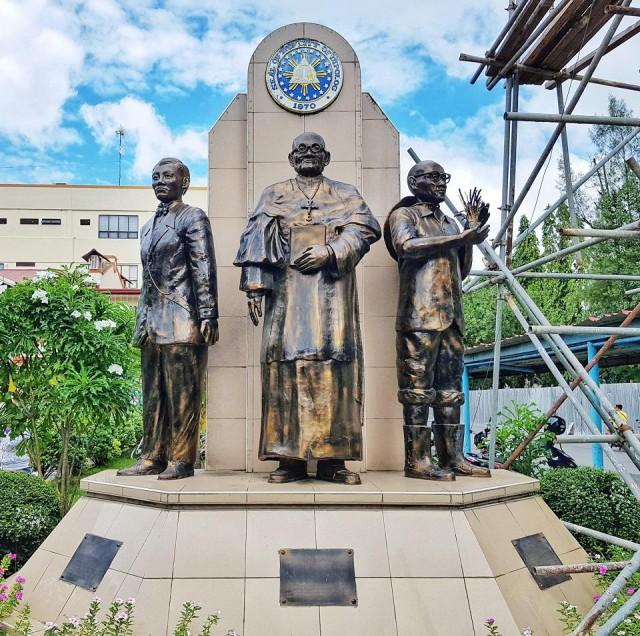
We also dropped by the Holy Rosary Cathedral, and the famous Dipolog Sunset Boulevard. The local government, I heard, is working on developing the longest boulevard in the country.
I still have to watch the sunset from this part of the country. It was raining during my trip.
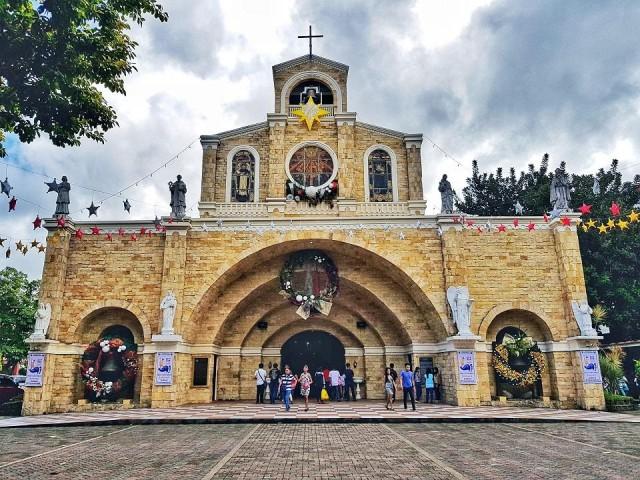
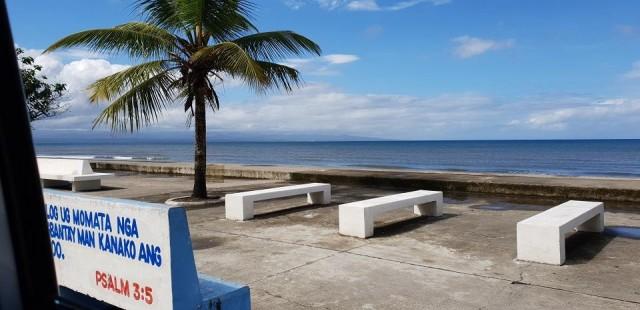
Next stop, Dumaguete City in Negros Oriental.
The local food includes the famous Sans Rival bakeshop, which churns out the popular pasalubong, sylvanas. A recent addition to the bakeshop is the bistro cafe.
Of course, there's also Silliman University. Its large sign greets tourists arriving via fastcraft from the slow boat.
This city in Central Visayas is also known for the sunrise that can be observed from Rizal Boulevard.
There is a new sign set up in area for selfies and group pics on the boulevard: #DumaGetMe. The bay area remains so pristine after all these years that a resident opted to spend his day off catching fish for his dinner.

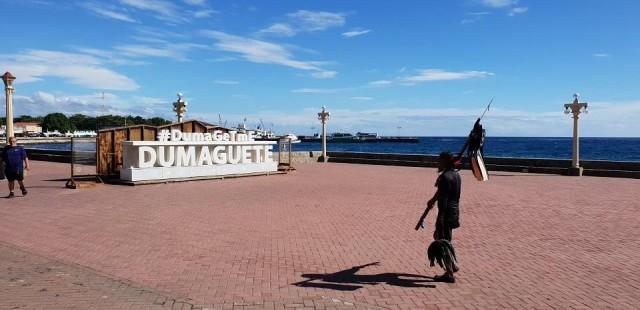
— BM, GMA News




